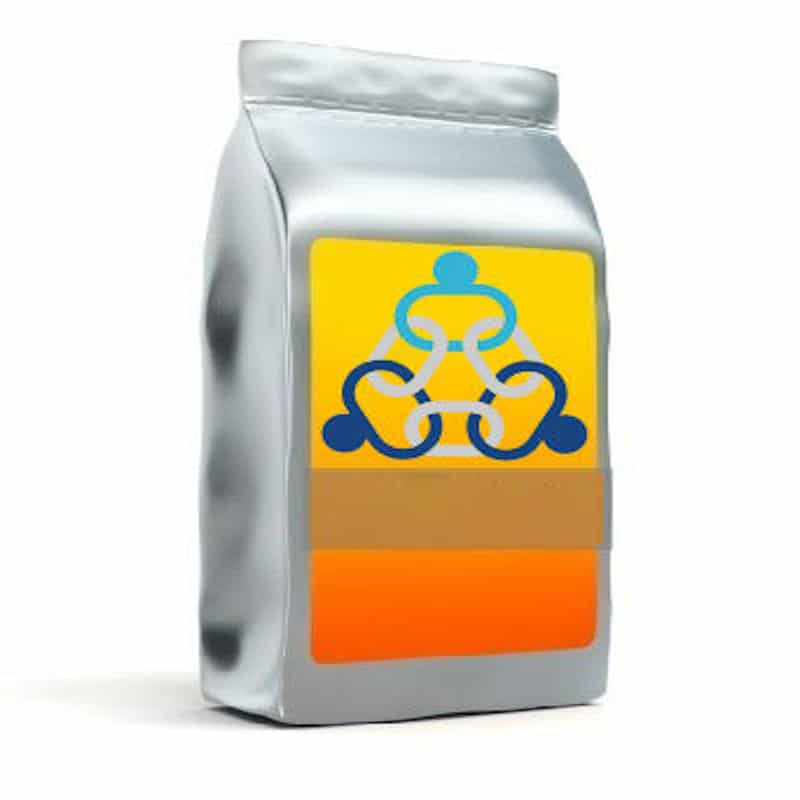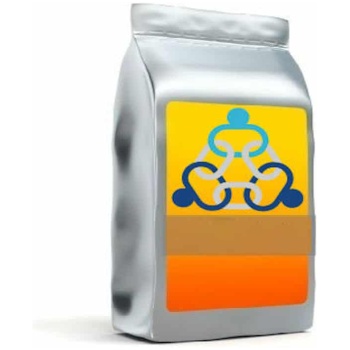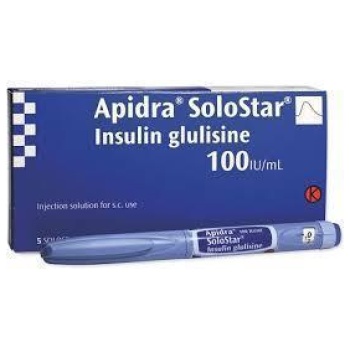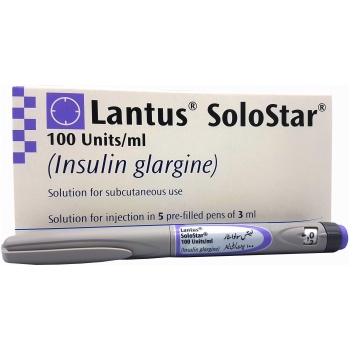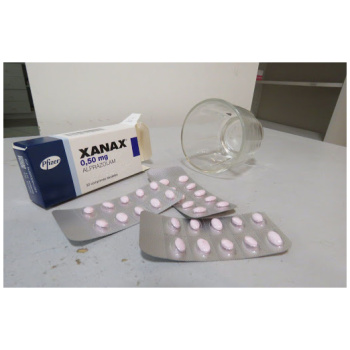Hydrocodone is a semi-synthetic opioid derived from either of two naturally occurring opiates—codeine and thebaine.
Hydrocodone is an orally active narcotic analgesic (pain reliever) and antitussive (cough suppressant). It is commonly available in tablet, capsule, and syrup form, and is often compounded with other, generally less effective non-opioid compounds such as paracetamol (also known as acetaminophen) or ibuprofen, often added both to discourage recreational use (as paracetamol can cause potentially fatal liver toxicity at high doses), and to provide a possible synergy of analgesic effects between hydrocodone and the non-opioid compounds present.
Common Names:
- Vicodin
- Lorcet
- Lortab
- Vicoprofen
Street Names:
- Vikes
- Viko
- Hydro
- Norco
Effects:
Hydrocodone produces varying degrees of euphoria based upon dosage and the tolerance of the person. is now one of the most common recreational prescription drugs in America, along with Oxycodone . Recreational hydrocodone use is particularly prevalent among teenagers and young adults because of the drug’s widespread availability.
Withdrawal Symptoms:
Like other opioids, long-term use of may cause physical dependency leading to a severe withdrawal syndrome when the dose is lowered or discontinued. Withdrawal effects may include, but are not limited to; severe pain, pins and needles sensation throughout body, sweating, extreme anxiety and restlessness, sneezing, watery eyes, fever, depression, and extreme drug cravings, among others.
Substance Classification:
Opioid Analgesic

